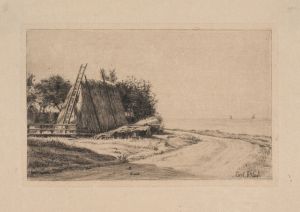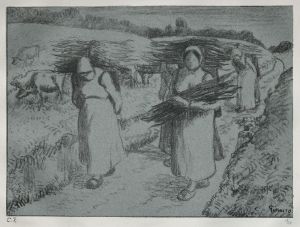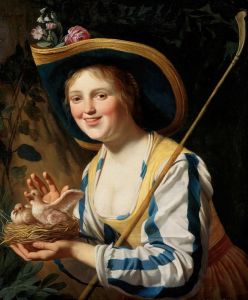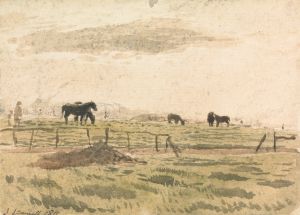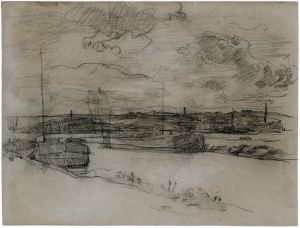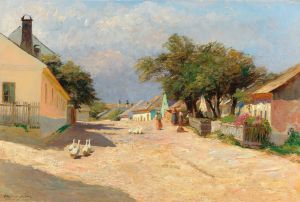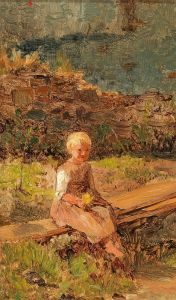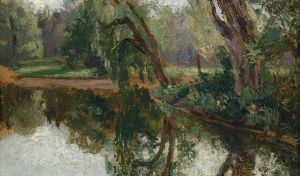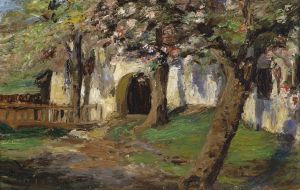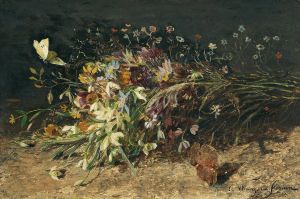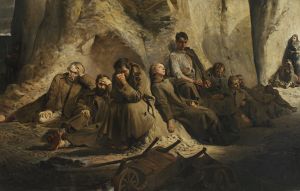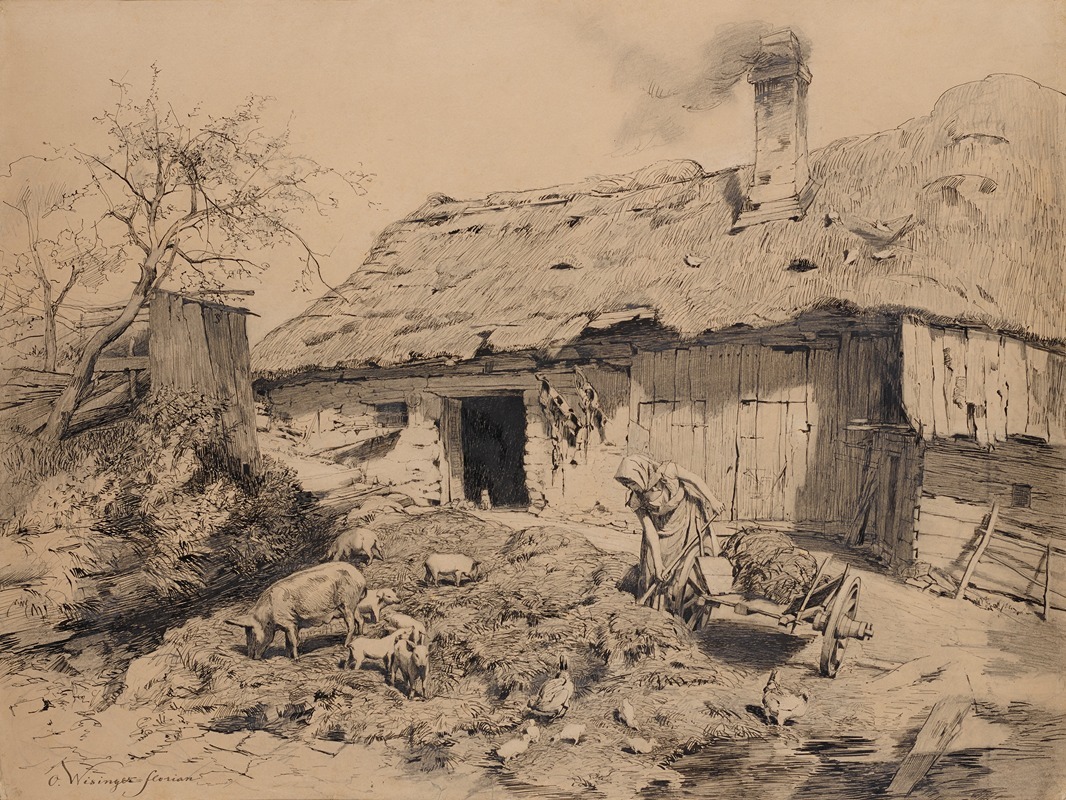
Arbeit am Bauernhof
A hand-painted replica of Olga Wisinger-Florian’s masterpiece Arbeit am Bauernhof, meticulously crafted by professional artists to capture the true essence of the original. Each piece is created with museum-quality canvas and rare mineral pigments, carefully painted by experienced artists with delicate brushstrokes and rich, layered colors to perfectly recreate the texture of the original artwork. Unlike machine-printed reproductions, this hand-painted version brings the painting to life, infused with the artist’s emotions and skill in every stroke. Whether for personal collection or home decoration, it instantly elevates the artistic atmosphere of any space.
Olga Wisinger-Florian was an Austrian painter known for her contributions to the Impressionist movement, particularly in the realm of landscape painting. Born in 1844 in Vienna, she initially pursued a career in music before turning to painting in her thirties. Wisinger-Florian became one of the most prominent female artists of her time, gaining recognition for her vibrant and dynamic depictions of nature and rural life.
"Arbeit am Bauernhof" (translated as "Work on the Farm") is one of Wisinger-Florian's notable works, reflecting her interest in capturing the everyday activities and landscapes of rural Austria. While specific details about this particular painting are limited, it is consistent with her broader oeuvre, which often focused on the interplay of light and color in natural settings.
Wisinger-Florian's work is characterized by her use of bold brushstrokes and a vivid color palette, techniques that align her with the Impressionist movement. Her paintings frequently depict scenes of gardens, fields, and farms, emphasizing the beauty and tranquility of the Austrian countryside. Through her art, she sought to convey the harmony between humans and nature, often highlighting the labor and life of rural communities.
In "Arbeit am Bauernhof," Wisinger-Florian likely employed her signature style to portray the agricultural life that was central to Austrian society during her lifetime. Her attention to detail and ability to capture the essence of a scene would have brought to life the textures and colors of the farm environment, from the golden hues of harvested fields to the earthy tones of the farm buildings.
As a female artist in the late 19th and early 20th centuries, Wisinger-Florian faced significant challenges in gaining recognition in a male-dominated art world. Despite these obstacles, she achieved considerable success, exhibiting her work in numerous prestigious venues and earning accolades for her contributions to the arts. Her paintings were celebrated for their technical skill and emotional depth, and she became a leading figure in the Austrian art scene.
Wisinger-Florian's legacy extends beyond her artistic achievements; she was also an advocate for women's rights and an active participant in the cultural life of Vienna. Her work continues to be studied and appreciated for its artistic merit and its reflection of the social and cultural contexts of her time.
While specific information about "Arbeit am Bauernhof" is scarce, the painting remains an important part of Wisinger-Florian's body of work, exemplifying her ability to capture the beauty and vitality of rural life. Her contributions to the Impressionist movement and her role as a pioneering female artist have secured her place in art history, and her paintings continue to inspire and resonate with audiences today.





